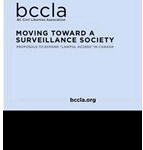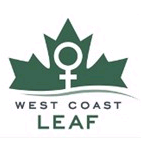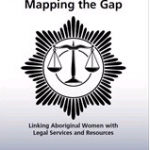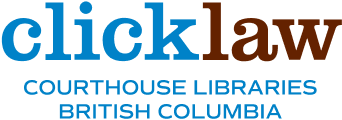Law Enforcement and Citizens’ Rights: A Fine Balance
The proposal to expand “lawful access” is proving highly contentious in Canada. With the federal governments’ upcoming introduction of the “lawful access” bills – legislation that increases the ability of law enforcement agencies to lawfully conduct surveillance and intercept or collect individuals’ personal information – more and more people are debating where to draw the line between law enforcement and citizens’ rights to privacy.
Taking part in this debate is the BC Civil Liberties Association, whose latest report on this hot topic is now available on Clicklaw. In Moving Toward a Surveillance Society: Proposals to Expand “Lawful Access” in Canada, BCCLA argues that the “lawful access” proposals are an attack on personal privacy, and that there is a lack of real evidence to support the argument that they will ensure the security of Canadians. 
Made possible by a research grant from the Law Foundation of British Columbia, this report explains each of the proposals and considers how the courts are likely to see the balance between enforcing the law and the rights of citizens.
For more information on individual privacy rights and access to information, get started with these great resources on Clicklaw.bc.ca.



